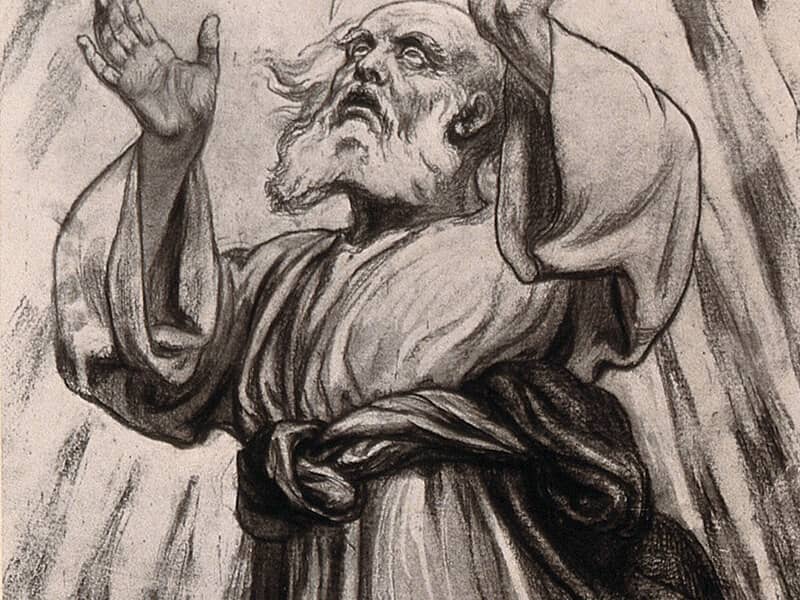On the eve of the American Revolution, Judaism remained all but invisible to most colonists. No more than one American in a thousand was Jewish, only five cities had significant Jewish populations, and only New York and Newport boasted synagogue buildings; elsewhere Jews worshipped in rented quarters or private homes. America's Jewish communities paled in comparison with those of Curacao, Surinam, and Jamaica. Each of those West Indies communities had more Jews in the mid-eighteenth century than all of the North American colonies combined. If Judaism was a statistically minor American religion, however, it was by no means inert. To the contrary, as it accommodated to its new American setting it underwent changes that mirrored in significant ways the transformations experienced by other American faiths far larger than itself.
First and foremost, American Judaism adapted--and contributed--to the pluralistic character of American religious life, already evident in major cities such as New York, Newport, and Philadelphia. Whereas in so many other diaspora settings Judaism stood all alone in religious dissent, Jews in America shared this status with members of other minority faiths--for example, Huguenots, Quakers, and Baptists. Jews formed the only organized non-Christian religious community, to be sure, but by no means the only one with a sad history of persecution and oppression. From the beginning, as we have seen, colonial leaders explicitly linked Jewish economic and religious rights in North America to those of other minority faiths; later Jews would seek parity in other ways as well. Indeed, the very term Jews used to define their community was influenced by American religious pluralism. If early on they were, in the Sephardic tradition, members of the Jewish or Portugese "nation," by the eve of the American Revolution they more commonly spoke of themselves as members of a "religious society," on the model of parallel Christian religious societies, such as the Socity of Friends (Quakers). When Ezekiel Levy was hired in 1774 to serve as ritual slaughterer, reader, and teacher in Philadelphia, his contract was thus with the "Jewish Society," of that city, not, as earlier contracts read, with the "Jewish Nation." Later in 1783, when New York Jews wrote a formal letter of welcome to Governor George Clinton, they used the same term. Revealingly, they juxtaposed "the Society, we Belong to" with "other Religious Societies," as if to underscore that Judaism stood on an equal footing with all the rest.
The second characteristic of American Judaism that reflected the larger population was that it too became increasingly diverse. The 1790 U.S. Census recorded Jews who had been born in England, France, Germany, Holland, Poland, Portugal, and the West Indies, as well as in the American colonies, a mix that mirrored the composition of the late colonial Jewish community. The Sephardic form of Judaism predominated, as it always had in North America, but the preponderance of colonial Jews were actually Ashkenazim or of mixed background; "pure" Sephardim represented a vanishing breed. As a result, the synagogue-community functioned as something of a melting pot, its diversity echoing that of many a colonial city. This diversity carried over into congregational life. Notwithstanding the help and support that Shearith Israel, the "mother congregation" of America's synagogues, provided its more recent counterparts, it exercised no real authority over them, for even fledgling congregations jealously guarded their prerogatives. American Judaism thus developed along staunchly Congregationalist lines, characterized by increasing multiformity, with each synagogue functioning as an autonomous entity.
Finally, Judaism on the eve of the revolution was largely confined to two settings, the synagogue and the home, leaving a large public space in between where Jews and Christians interacted. The effort to compartmentalize, as we have seen, caused severe strains--hardly a surprise, since Judaism, like Christianity, was designed to govern all aspects of life, not just selected spheres. The kind of communal discipline that the synagogue-community exercised elsewhere was no longer possible in the latter decades of the eighteenth century; the reach of its leadership was severely limited. Just how limited may be seen from a draft constitution proposed by Congregation Mikveh Israel of Philadelphia in 1798. Initially, the leadership proposed traditional language, warning any out-of-town Jew who came to the synagogue "occasionally or on holy days" and failed to contribute to the congregation's support that his name would be erased from its books; he would not be interred in its cemetery, and no officer or member would be allowed to assist at his burial. That draconian threat, however, must have met with stiff resistance, for it was crossed through in the original document. The amended text, more in keeping with the narrow sphere of the congregation's real authority, simply warned that such a person would "not be entitled to any mitzvas [religious honors], provided notice thereof be first given him."
The American Revolution, by contrast, did transform American Judaism. Where colonial Judaism represented a modification of earlier patterns, an accommodation to a new setting, independence and the ensuing changes in society recast Judaism altogether. Elsewhere, in Jamaica and Barbados, Judaism developed along British lines, maintaining for as long as possible the traditions that characterized Anglo-Jewry in the eighteenth century. By contrast, in the wake of the American Revolution, Judaism in the United States, heavily influenced by democratization and American Protestantism, would develop during the half-century following independence a character all its own--one that had been anticipated in significant respects already in the colonial era.

